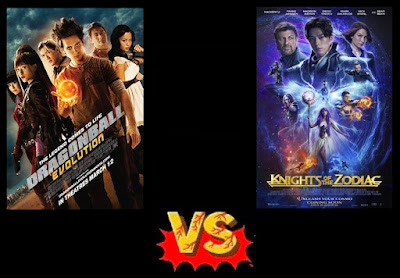"In terms of where the Jaguar was by the end of November 1995, there's no way to sugarcoat things here: It's a console that's now dead man walking, being supported by a manufacturer which has literally given up at this point, though not admitting it publicly, and while there are still two more games by third-parties set for release before Atari Corporation truly bites the dust, they're still technically co-published by Atari, so third-party support is more or less dead for a while; even the Jaguar CD is already on life-support, despite only being out for a handful of months."
It's now December 1995, a mere three months after the Sony PlayStation finally launched in North America, and the Atari Jaguar is, to put it simply, effectively screwed. Behind the scenes, Atari Corporation has given up, and might actually be considering transitioning from being a hardware manufacturer to being strictly a software company so as to possibly stave off going out of business; this will be important next time. Still, there are games for the 64(?)-bit Panthera of a console ready for release, so release they shall... and there's a new holiday season on the brink, to boot. Likely with hopes of taking advantage of the increased sales this season usually brings about, Atari Corp. decides to lower the price of the Jag once again, the second time in a single year (the last one was in March), now selling the "Core" package for just $100 starting December 16. That date was likely done on purpose, as over the course of the next two days four games would come out for the Jaguar, bringing an end to the console's most "prolific" year, at least when it comes to how many games came out in a 12-month span.
So, does 1995 at least end off with the Jaguar baring its fangs & claws in defiance... or will it be the whimper of a battered wild cat?
The day after the Jag's second price drop, December 17, saw the release of a single new game, I-War. Not to be confused with the 1997 PC game of the same name, which likely got renamed to Independence War in North America because of this Jaguar title existing first, I-War marks the end of a run that started all the way back with the Jag's launch in November 1993. Specifically, this is the final Jaguar game to be developed by Imagitec Design, the UK-based studio that had previously given the console Raiden, Evolution: Dino Dudes, Zool 2, Bubsy in Fractured Furry Tales, & Pitfall: The Mayan Adventure, all of which were ports of other games from other hardware; according to later interviews, internal conflicts ended Imagitec's relationship with Atari Corp. In comparison, I-War is a 100% original creation from Imagitec, though it wasn't actually first made with the Jag in mind. Initially, Imagitec had proposed a racing game to Phillips Interactive Media, i.e. a game for the CD-i, before backing out of the deal & eventually teaming with Atari, with the game initially being named the likes of "Redemption" (which it used when it was first shown earlier in 1995), "Dreadnaught", & "Netwar" before getting its finalized title in time for release at the very end of 1995. Also unlike any of Imagitec's prior Jaguar fare, I-War is 100% polygonal, instead of sprite based. Imagitec would wind up getting purchased & absorbed by Gremlin Interactive in early 1997, so let's see if I-War winds up being a proper final hurrah for one of the Jaguar's most reliable supporters, as Imagitec games literally comprise 12% of the Jag's entire cartridge catalog (6 out of 50).





